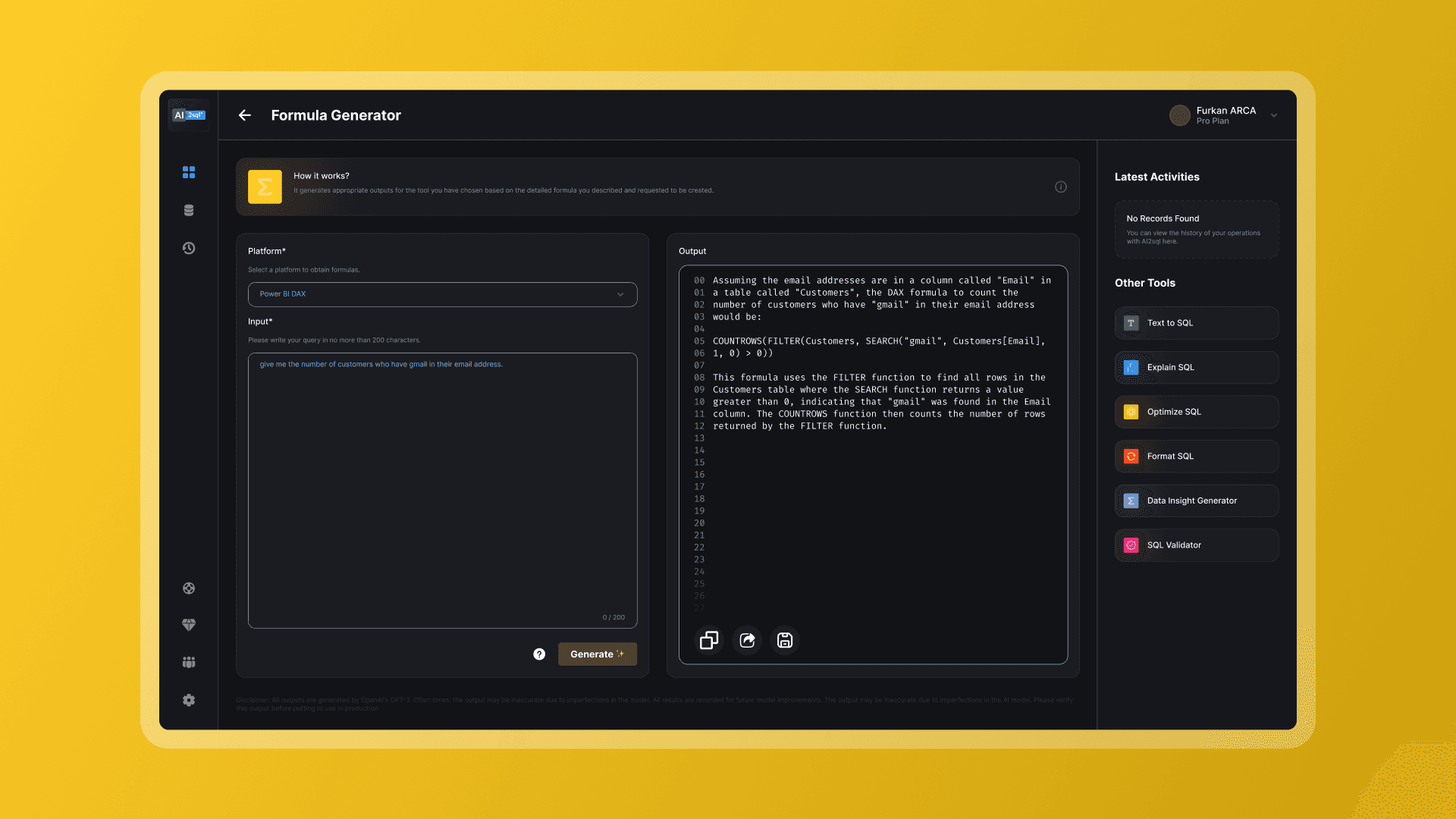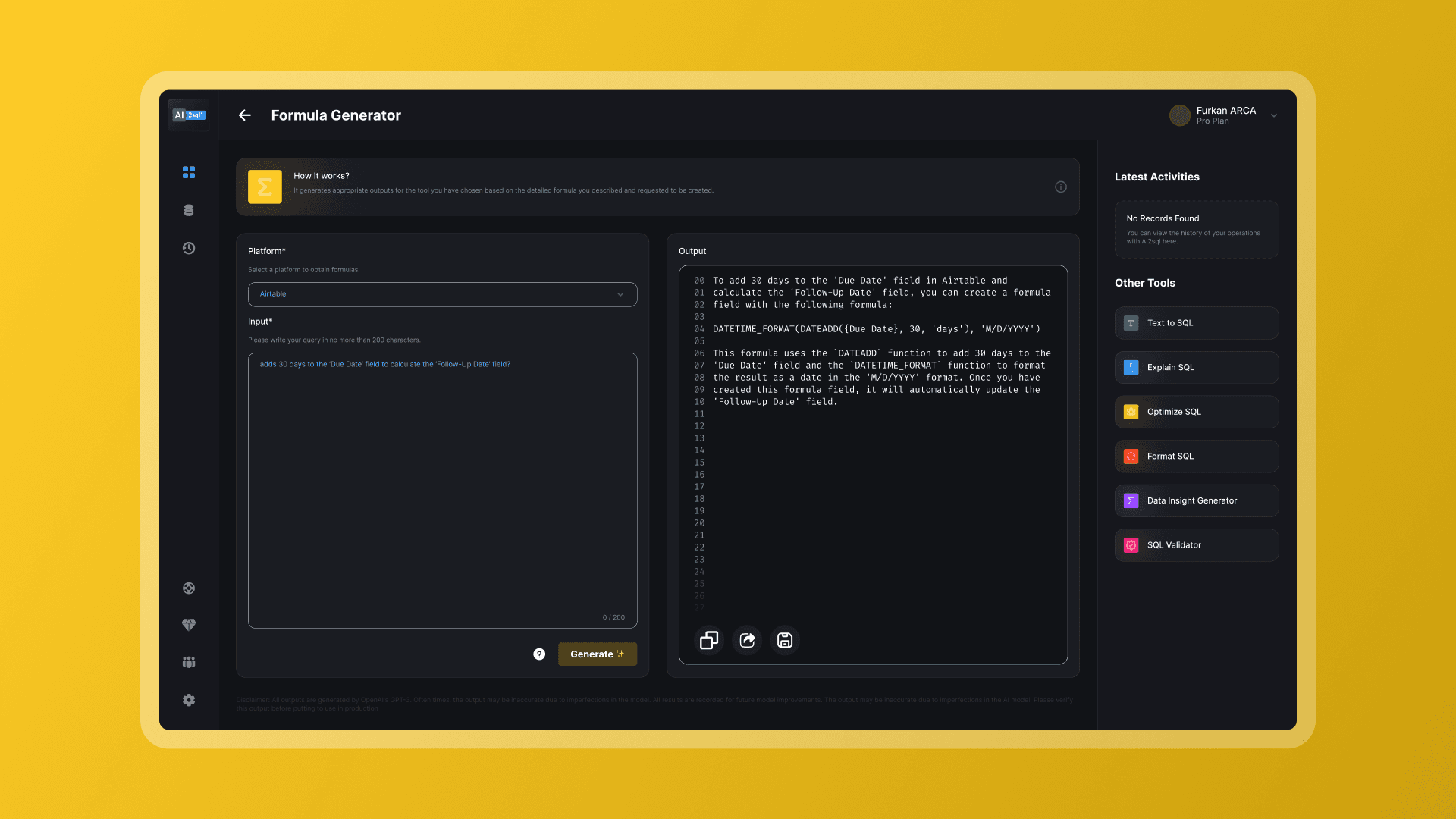TOOLS
Tableau is a powerful data visualization tool that allows users to create interactive dashboards and visualizations. However, to create insightful and accurate visualizations, you need to perform calculations on your data. In Tableau, there are different types of calculations you can use to manipulate your data and create insightful visualizations.
In this blog post, we will discuss the different types of calculations in Tableau and provide examples of when to use each one.
Basic Calculations
Basic calculations are the most common type of calculations used in Tableau. These calculations allow you to perform simple arithmetic operations on your data, such as summing or averaging a field. Basic calculations are created using functions and operators, and you can nest functions to create more complex calculations.
For example, if you have a dataset of sales data and you want to calculate the total sales for each region, you can create a basic calculation using the SUM function. The calculation would look like this:
Table Calculations
Table calculations are calculations that are performed on the values in a visualization, rather than on the underlying data. These calculations are useful for performing calculations on subsets of data, such as calculating running totals or percent of total values.
For example, if you have a dataset of sales data and you want to calculate the percent of total sales for each region, you can create a table calculation using the TOTAL function. The calculation would look like this:
Level of Detail (LOD) Expressions
Level of Detail (LOD) expressions allow you to perform calculations at different levels of detail in your data. These expressions are useful for calculating aggregations that depend on the level of detail in your data, such as calculating the average sales per customer.
For example, if you have a dataset of sales data and you want to calculate the average sales per customer, you can create an LOD expression using the FIXED keyword. The calculation would look like this:
Parameters
Parameters allow you to create dynamic calculations that can be adjusted by the user. Parameters are useful for creating interactive visualizations that allow the user to change the underlying data and see the effects of the changes in real-time.
For example, if you have a dataset of sales data and you want to allow the user to adjust the date range for the visualization, you can create a parameter for the start and end dates and use them in your calculations. The calculation would look like this:
Blended Calculations
Blended calculations allow you to perform calculations across different data sources in Tableau. Blended calculations are useful for combining data from multiple sources and performing calculations on the combined data.
For example, if you have sales data in two different data sources and you want to calculate the total sales across both sources, you can create a blended calculation using the ATTR function. The calculation would look like this:
Getting Started with AI2sql Formula Bot
Getting started with AI2sql Formula Bot is easy. Simply sign up for an account, select the type of formula you need, and let the tool do the rest. You'll be amazed at how quickly and efficiently it works.
In conclusion, there are many different types of calculations in Tableau, each with their own unique advantages and use cases. By understanding these different types of calculations, you can create more insightful and accurate visualizations that help you make better decisions based on your data.





